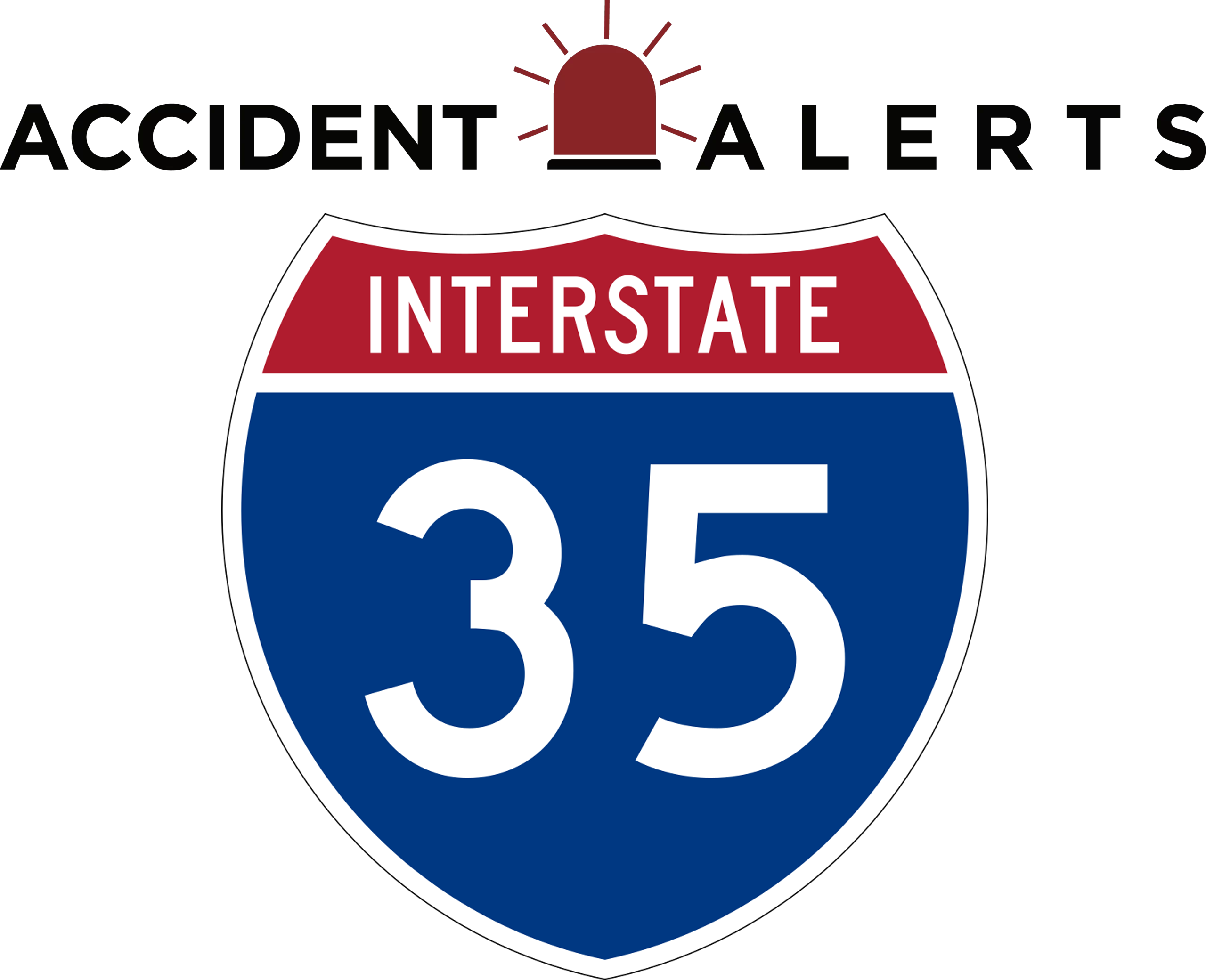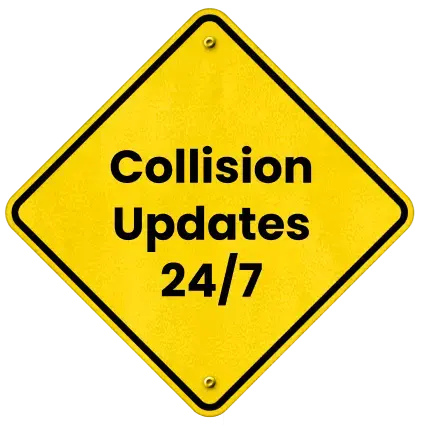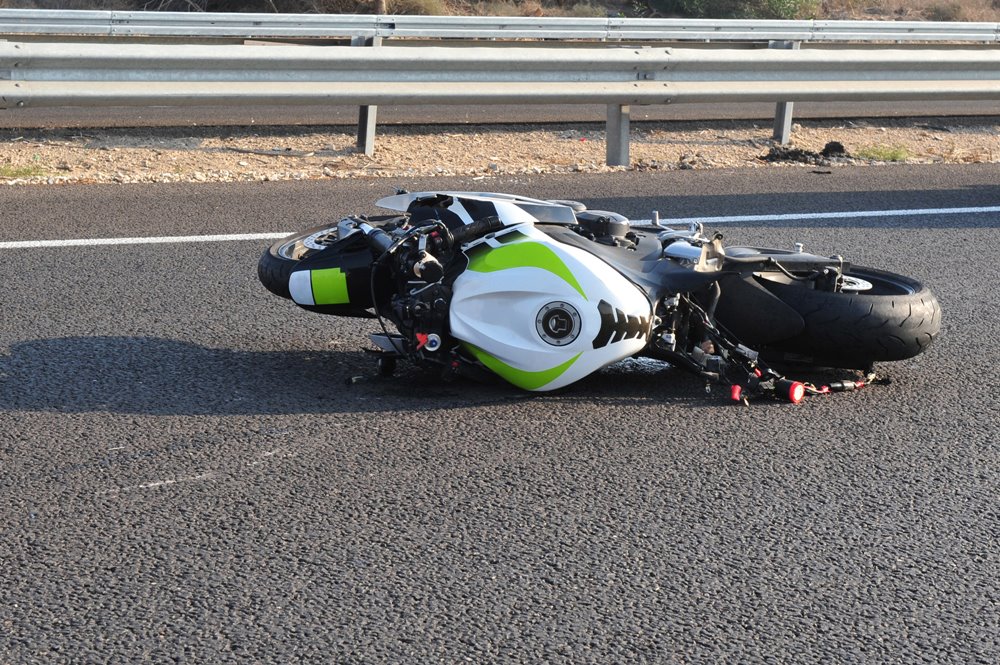Motorcyclists traveling along Interstate 35 face a mix of urban congestion, unpredictable weather, and high-speed traffic that make this corridor one of the most challenging routes in the central U.S. Stretching from Laredo, Texas to Duluth, Minnesota, I-35 connects dozens of major metro areas, including San Antonio, Austin, Dallas-Fort Worth, and Oklahoma City, each with its own unique risks for riders.
From powerful crosswinds in open plains to dense bottlenecks near interchanges, motorcyclists encounter sudden hazards that can turn routine trips into emergencies within seconds. Understanding the most common crash factors, how to mitigate them, and what to do if a collision occurs can save lives and protect legal rights after an accident.
Hazards Facing Motorcyclists on I-35
While every interstate has its dangers, I-35 presents a particularly volatile mix of environmental and structural challenges. Heavy truck traffic, construction zones, and rapid lane changes all increase the likelihood of motorcycle collisions, especially in high-speed stretches or near metro exits.
Crosswinds and Weather Extremes:
Central Texas and Oklahoma are known for strong gusts that sweep across open plains, creating lateral forces that can destabilize motorcycles. Even experienced riders can struggle when sudden wind bursts push the bike into adjacent lanes or off the shoulder. Gusty conditions are particularly dangerous near overpasses and open bridges, where airflow accelerates.
Quick Merges and Short On-Ramps:
Many I-35 access points are designed with minimal merging distance, particularly through older urban sections. This forces riders to make split-second decisions while navigating between cars, trucks, and buses already traveling at interstate speeds. A single vehicle misjudging a gap can lead to a devastating chain reaction, with motorcyclists bearing the brunt of the impact.
Road Debris and Construction Hazards:
Frequent highway maintenance and long-haul freight routes leave debris scattered along the roadway, from shredded tire treads to loose gravel. For riders, even a small object can cause a loss of traction or a sudden swerve into another lane. Construction detours and uneven pavement further amplify the danger.
Visibility and Lane Recognition:
Motorcycles are harder to detect, especially during dawn or dusk. Drivers often overlook motorcycles in blind spots or while changing lanes. On I-35, where lane markings can fade under heavy use, this problem becomes worse, leading to sideswipes or forced run-offs.
Preventing Motorcycle Accidents on I-35
While motorcyclists cannot control every hazard on the road, proactive safety measures can drastically reduce the risk of a crash. A combination of proper protective gear, strategic riding techniques, and weather awareness is essential for navigating the constantly changing traffic conditions along I-35.
Personal protective equipment (PPE) should always be considered non-negotiable. Beyond physical protection, the right gear enhances comfort and visibility during long rides. A DOT- or Snell-approved full-face helmet offers the best protection against impact while also reducing wind fatigue. Reinforced gloves and abrasion-resistant jackets protect the hands and upper body from severe road rash and help maintain a firm grip during sudden gusts of wind. Over-the-ankle boots and armored riding pants reduce the severity of injuries in the event of a slide or debris strike. Reflective or brightly colored gear dramatically improves visibility, especially during rain, dusk, or early morning rides. Tinted or clear visors further safeguard against sunlight glare, dust, and insects that are common along open stretches of I-35. Wearing the right combination of gear not only limits injuries but also helps riders stay balanced and visible in harsh highway conditions.
Defensive riding is equally important and centers on anticipating hazards before they become emergencies. Riders should avoid staying in the blind spots of surrounding vehicles, particularly large trucks, and instead maintain a staggered position in traffic. Increasing following distance provides the space needed to react to sudden braking or road obstacles. Constant scanning of the roadway helps identify potential hazards such as tire debris, uneven pavement, or merging vehicles long before they pose a threat. Effective lane positioning—typically within the left or right tire track of a lane—can improve visibility to other drivers and offer more escape options if a situation unfolds suddenly.
Finally, staying alert to changing weather conditions is critical. Reducing speed during high winds, rain, or poor visibility can prevent loss of control, and avoiding travel beside high-profile vehicles during gusty conditions helps minimize risk. By combining proper gear with defensive, weather-aware riding habits, motorcyclists can better adapt to the unpredictable conditions that define I-35’s busy traffic corridors.
Liability and Legal Considerations After an I-35 Motorcycle Accident
Motorcycle collisions on I-35 often result in severe injuries and involve complex fault determinations.
Because riders are more exposed and sometimes unfairly blamed, preserving evidence from the very beginning is critical. Liability in these crashes can fall on several parties. Negligent drivers who fail to yield, merge safely, or maintain proper distance may be responsible. Trucking companies can be held accountable if unsecured cargo, tire blowouts, or debris from their commercial vehicles contributed to the accident.
Government agencies or contractors may share liability when poor signage, uneven pavement, or unsafe construction zones play a role. Additionally, manufacturers could be responsible if equipment defects, such as faulty tires or brakes, caused the crash.
Because multiple parties may share responsibility, consulting an experienced attorney is essential to identify all potential sources of compensation and ensure that crucial evidence is preserved before it can be altered or lost.
How to Respond After a Motorcycle Crash on I-35
Motorcycle accidents can leave victims feeling shocked, disoriented, and unsure of what to do next. However, the actions taken in the moments following a crash can have a major impact on both medical recovery and legal protection.
If possible, move yourself and your motorcycle out of active traffic lanes to a safe location to prevent additional collisions. Once you are out of immediate danger, call 911 to request emergency medical services and ensure that a police report is filed. Even if injuries seem minor at first, having an official record of the incident is crucial for any future insurance or legal claim.
Next, document the scene as thoroughly as possible. Use your phone to take photos of vehicle positions, skid marks, debris, road conditions, and weather patterns. Exchange contact and insurance information with the other driver or drivers involved, and gather details from any witnesses who saw the crash.
It’s also important to seek medical attention right away. Some injuries—such as concussions, internal bleeding, or soft-tissue trauma—might not show symptoms immediately but can worsen over time if left untreated. Avoid making any statements that could be interpreted as admitting fault, since these comments could be used against you by insurance adjusters later.
Finally, contact a qualified motorcycle accident attorney as soon as possible. An experienced lawyer can help preserve crucial evidence, such as black box data, dashcam footage, or construction zone maintenance records, all of which may play a key role in determining liability and securing fair compensation.
Post-Crash Evidence That Strengthens a Claim
Building a strong personal injury claim after an I-35 motorcycle accident requires proving negligence and thoroughly documenting all resulting losses. Attorneys and investigators work diligently to gather evidence that establishes exactly how the crash occurred and who was responsible.
This process typically involves collecting police reports and accident reconstruction analyses that provide an objective account of the incident. Photos and videos of the scene, including damage to the motorcycle, surrounding vehicles, and any visible injuries, are crucial in illustrating the severity and circumstances of the crash. If available, helmet-cam or dashcam footage offers valuable real-time evidence that can clarify what happened in the moments leading up to the collision.
Witness statements further strengthen a case by providing firsthand accounts of the crash from multiple perspectives. Weather and traffic data from the time of the accident help contextualize contributing factors, such as poor visibility, heavy congestion, or slick road conditions. Investigators may also review maintenance and inspection logs from any vehicles involved to determine whether mechanical failure played a role. Finally, medical records are essential in linking the injuries directly to the accident and proving the extent of physical and financial harm suffered by the rider.
Together, this evidence forms a clear timeline and helps identify the negligent party—whether it was a merging driver, debris falling from another vehicle, or unsafe road maintenance that caused the crash.
Staying Safe and Knowing Your Rights
Riding a motorcycle on I-35 offers freedom, but it also requires constant vigilance. Between high-speed merges, unpredictable crosswinds, and heavy truck traffic, even seasoned riders must stay alert to survive the hazards of this busy corridor.
By investing in quality PPE, practicing defensive riding habits, and responding wisely after an accident, motorcyclists can dramatically reduce their risk. And if a crash occurs, knowing how to gather evidence and contact a qualified attorney ensures your rights are protected throughout the recovery process.
If you or someone you know has been involved in an I-35 motorcycle accident, reach out to a lawyer experienced in rider injury claims and interstate liability cases. Proper guidance can help you pursue compensation for medical costs, lost wages, and long-term recovery, ensuring you’re not left to shoulder the burden alone.



